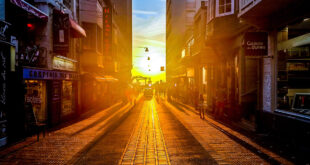13,000+ People Have Bought Our Theme
Don’t act so surprised, Your Highness. You weren’t on any mercy mission this time. Several transmissions were beamed to this ship by Rebel spies. I want to know what happened to the plans they sent you. In my experience, there is no such thing as luck. Partially, but it also obeys your commands. I want to come with you to ...
Read More »














